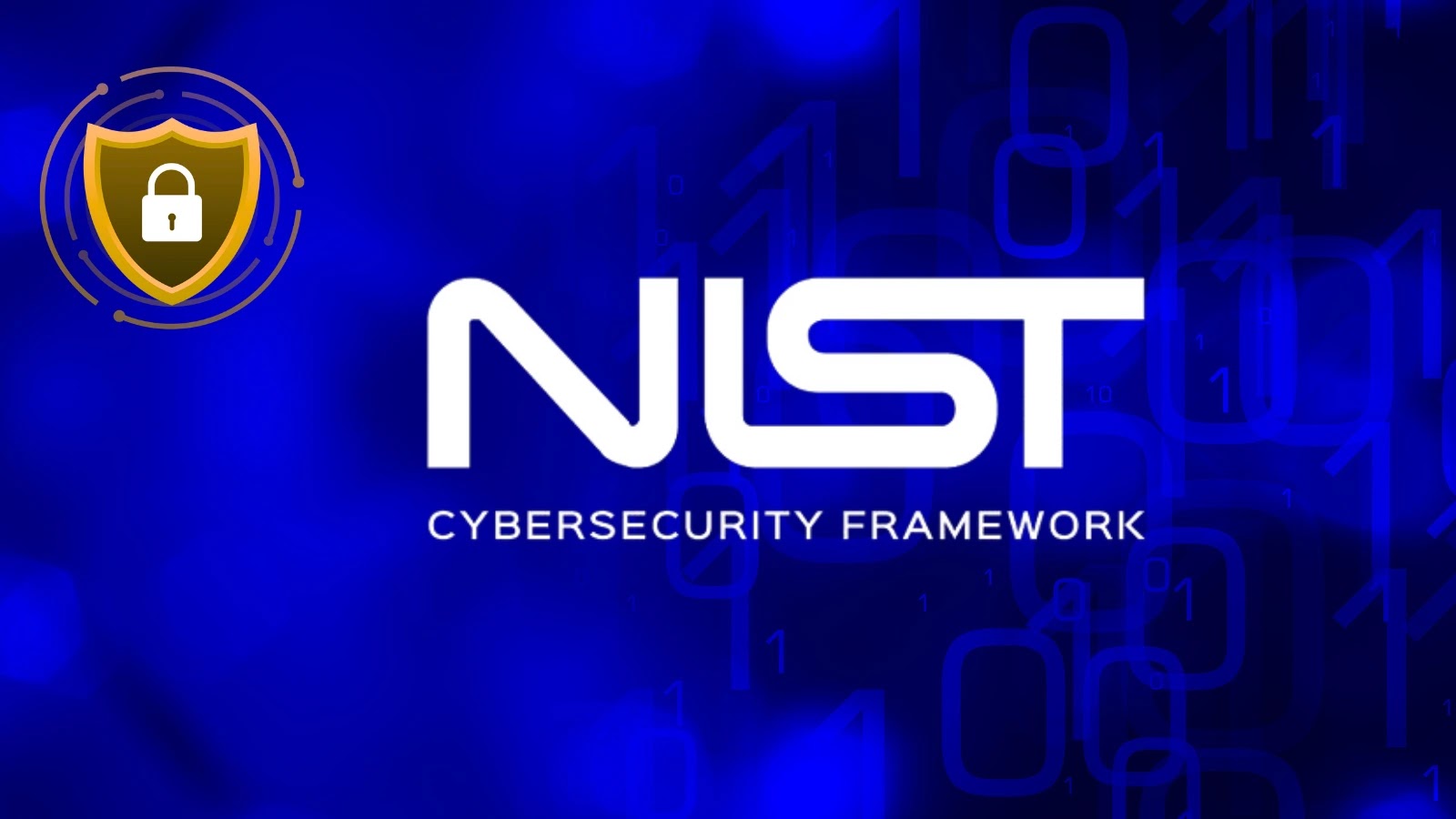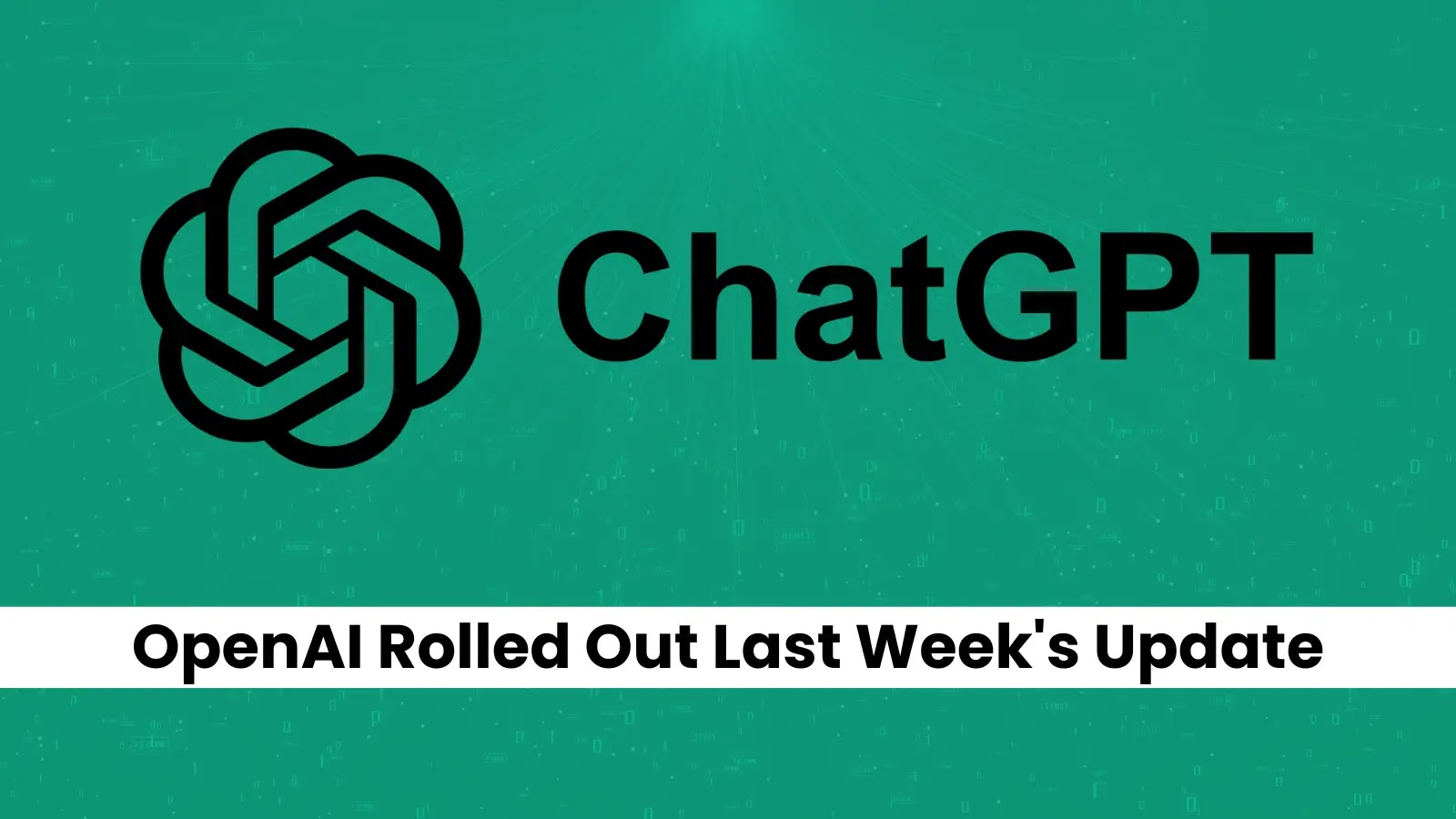A critical security vulnerability, identified as CVE-2025-6514 with a CVSS score of 9.6, has been discovered in the mcp-remote project. This flaw allows attackers to execute arbitrary operating system commands on machines running mcp-remote when they connect to untrusted Model Context Protocol (MCP) servers. The vulnerability affects mcp-remote versions 0.0.5 through 0.1.15 and poses significant risks to Large Language Model (LLM) clients utilizing remote MCP server connections, potentially leading to complete system compromise.
Understanding the Vulnerability
The mcp-remote tool serves as a proxy, enabling LLM hosts such as Claude Desktop to communicate with remote MCP servers, even if they natively support only local MCP servers. The vulnerability arises during the OAuth authorization flow within mcp-remote. When users configure their LLM clients to connect to untrusted or compromised MCP servers via HTTP connections, they expose their systems to potential attacks.
Attack Scenarios
Two primary attack scenarios have been identified:
1. Direct Connection to Malicious MCP Servers: In this scenario, an LLM client uses mcp-remote to connect directly to a malicious MCP server. The attacker can inject malicious payloads through the OAuth authorization endpoint, leading to arbitrary command execution on the client machine.
2. Man-in-the-Middle Attacks on Insecure HTTP Connections: Here, an LLM client connects to an MCP server over an insecure HTTP connection. An attacker on the local network can perform a man-in-the-middle attack, hijacking the MCP traffic and redirecting it to a malicious server, thereby exploiting the vulnerability.
Technical Details
The vulnerability exploits the OAuth metadata discovery phase in mcp-remote. During this phase, mcp-remote requests authorization server metadata from the remote MCP server. A malicious server can respond with a crafted `authorization_endpoint` value that exploits the behavior of the `open` npm package.
On Windows systems, the attack leverages PowerShell’s subexpression evaluation feature. For instance, a malicious server might return an `authorization_endpoint` like `a:$(cmd.exe /c whoami > c:\temp\pwned.txt)`. When processed, this input leads to the execution of arbitrary commands on the client machine.
Impact
The exploitation of CVE-2025-6514 can result in:
– Remote Code Execution (RCE): Attackers can execute arbitrary commands on the affected system, potentially leading to full system compromise.
– Data Breach: Sensitive information stored on the compromised system may be accessed or exfiltrated by attackers.
– Propagation of Malware: Compromised systems can be used to distribute malware to other connected systems, amplifying the attack’s impact.
Mitigation Strategies
To address this critical vulnerability, the following steps are recommended:
1. Immediate Update: Users should upgrade mcp-remote to version 0.1.16 or later, which contains the necessary security fixes.
2. Secure Connections: Always use HTTPS or other secure protocols when connecting to MCP servers to prevent man-in-the-middle attacks.
3. Trusted Servers: Avoid connecting to untrusted or insecure MCP servers. Ensure that all MCP servers are from reputable sources and have proper security measures in place.
4. Configuration Audit: Regularly audit MCP server configurations and remove any insecure HTTP connections from LLM client configurations.
Broader Implications
The discovery of CVE-2025-6514 highlights the evolving security challenges in integrating LLMs with external tools and data sources via protocols like MCP. As the adoption of MCP grows, it becomes imperative to address associated security risks proactively.
Additional Security Concerns in MCP
Beyond CVE-2025-6514, several other security risks have been identified in MCP implementations:
– Prompt Injection Attacks: Malicious inputs can trick an LLM into executing unintended actions. For example, an attacker could send a crafted email that, when processed by the LLM, triggers unauthorized operations.
– Tool Poisoning: Malicious instructions embedded within tool descriptions can manipulate LLM behavior, leading to unintended or harmful actions.
– Cross-Tool Contamination: When a single LLM agent interacts with multiple tools across different MCP servers, one server can potentially override or interfere with another, leading to stealthy and hard-to-detect attacks.
Recommendations for Developers and Organizations
To enhance the security of MCP implementations, developers and organizations should:
1. Implement Input Validation: Ensure that all inputs are properly validated and sanitized to prevent injection attacks.
2. Restrict Tool Permissions: Limit the permissions granted to MCP tools to the minimum necessary for their function.
3. Monitor and Audit: Regularly monitor and audit MCP server interactions to detect and respond to suspicious activities promptly.
4. Educate Users: Provide training and resources to users on the potential risks associated with MCP and best practices for secure usage.
Conclusion
The critical vulnerability CVE-2025-6514 in mcp-remote underscores the importance of vigilance and proactive security measures in the rapidly evolving landscape of AI and LLM integrations. By promptly updating affected systems, securing connections, and adhering to best practices, organizations can mitigate the risks associated with this and other vulnerabilities, ensuring the safe and effective use of LLMs in their operations.



